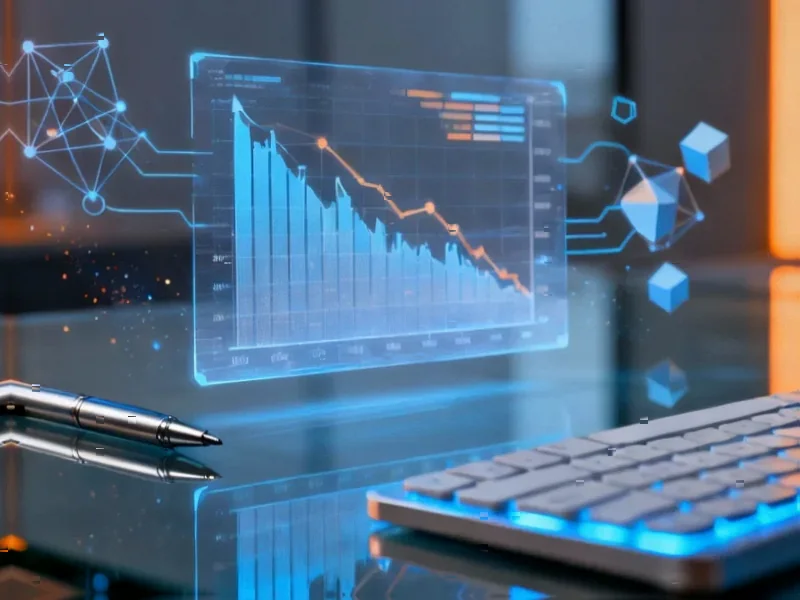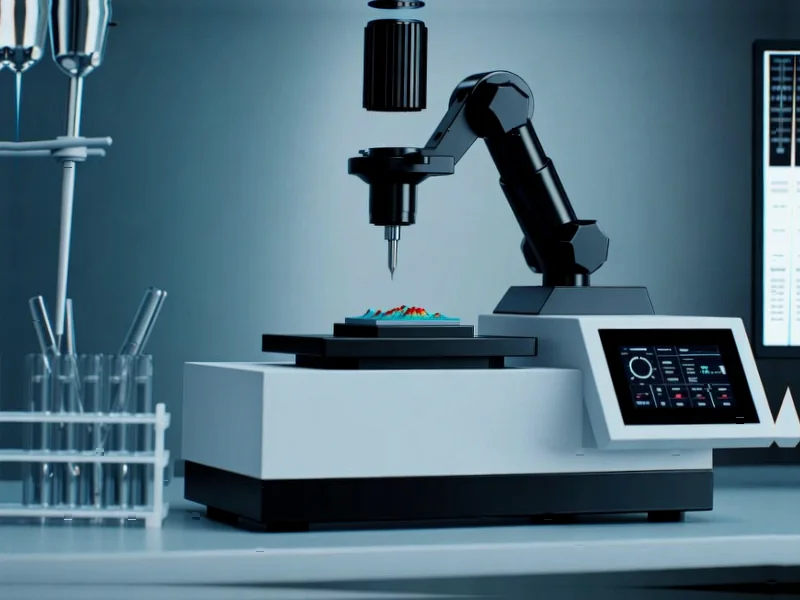According to Fortune, OpenAI is committing roughly $1.4 trillion to build computing infrastructure equivalent to 30 gigawatts of capacity under Greg Brockman’s leadership. The company currently generates only about $13 billion in annual revenue while pursuing this massive buildout. Brockman recently negotiated a major partnership with AMD that sent the chipmaker’s stock soaring 24% in a single day. He’s also pouring millions into a political action committee called Leading the Future to lobby against AI regulation. After a months-long sabbatical that began in August 2024 amid reports of team tensions, Brockman has re-emerged as OpenAI’s key operator, dining at the White House and meeting with world leaders while orchestrating what could become the largest infrastructure project in history.
The infrastructure gamble
Here’s the thing about that $1.4 trillion number—it’s absolutely staggering. We’re talking about building computing capacity that makes the Apollo program look small, as Brockman himself admitted. And he’s doing this while the company’s revenue is barely 1% of that commitment. That’s either visionary thinking or corporate insanity, depending on your perspective.
The AMD deal shows how Brockman operates differently from typical tech executives. AMD CEO Lisa Su said most partnerships start small and scale up gradually, but Brockman insisted on going big immediately. His philosophy? “Failure is not an option.” Basically, he’s trying to break the laws of physics to build gigawatts of compute in record time.
The financing tightrope
Now let’s talk about how they’re paying for all this. The financing methods are getting creative—and some analysts are getting nervous. Nvidia is reportedly discussing guaranteeing loans that OpenAI would use to build data centers. Think about that for a second. OpenAI pays Nvidia cash for chips, while Nvidia takes equity in OpenAI and backstops its loans. It’s a circular relationship that could leave Nvidia holding billions in debt if things go south.
The AMD partnership is slightly different but still symbiotic—OpenAI has an option to acquire up to 10% of AMD. These related-party transactions are making some investors nervous. As one analyst warned, if investors decide these ties are getting too cozy, there could be “some deflating activity” across the AI ecosystem. Translation: if OpenAI stumbles, it could take down Nvidia, Oracle, and other players with it.
Brockman’s comeback story
What’s fascinating is that Brockman almost didn’t make it to this point. He was removed from OpenAI’s board during the Altman firing drama and took a months-long sabbatical starting August 2024. Media reports suggested his demanding leadership style created team tensions. Many wondered if he’d return at all, or what role he’d have if he did.
But now he’s everywhere—from Tokyo with President Trump to the White House for dinners. He helped shape OpenAI’s restructuring into a Public Benefit Corporation and is laying groundwork for what could be the largest IPO ever, valuing OpenAI at up to $1 trillion. Not bad for someone who dropped out of MIT to become Stripe’s fourth employee and first CTO.
The bigger picture
So what does all this mean? We’re witnessing a fundamental shift in how technology infrastructure gets built. Brockman isn’t just building AI models—he’s building the systems to run them at unprecedented scale. He’s become what Fortune calls a “power broker” sitting at the crossroads of AI, energy, and capital.
The political backlash is already starting as data centers become election-season flashpoints. Energy prices are rising, communities are pushing back, and critics question whether AI demand will grow fast enough to justify these investments. But Brockman believes this infrastructure will become “the underpinning of our future economy.” He’s betting everything—$1.4 trillion worth of everything—that he’s right.
The real question isn’t whether Brockman can build this infrastructure. It’s whether the world is ready for what happens when he does. Because if he succeeds, we’re not just getting better chatbots—we’re getting a complete reshaping of our economy, our energy systems, and potentially what it means to be human. That’s a pretty big bet for one company to make.




